SKY’S THE LIMIT
Whether the cloud is a sustainability saviour or a nightmare is still debated, but new tech is helping production teams use it more responsibly.
As repeated ad nauseum throughout this special, you want to avoid moving things around if you’re trying to decarbonise. Moving things takes energy and, although it’s getting better, most of the world’s energy – about 80% – still comes from fossil fuels. Stop moving stuff.
Cloud-based systems enable storage and workflows to be spread across multiple locations, reducing the need to fly in people and ship equipment, offering significant advantages. The pandemic accelerated cloud adoption in production, compelling businesses to adapt quickly. Fortunately, many remote production tools were readily available, facilitating a smoother transition than anticipated. Major productions needing large on-location crews also found cloud-based solutions.
Now, cloud workflows are a permanent aspect of production, although there are still instances of hard drives being FedExed across the country—something not to be proud of. Decarbonization requires reducing the movement of people, equipment, and electrons. Moving electricity consumes energy, and shifting to the cloud can merely transfer emissions to another party.
Shared data centres can operate more efficiently than on-premises storage since resources are typically not idle. However, using the cloud can result in multiple backups; you may back up your data, but your cloud provider does the same for security. Additionally, acquiring accurate emissions data from large cloud providers like AWS or Azure is challenging, and there’s no reliable method to compare your on-premises emissions with those of the data centre.
Distributed cloud
Jordan Maltby at Shadow Magic Studios has built a business providing remote post services. The company is a digital services lab based on remote operators and cloud technology.
“We capture the media from set onto our Magic Box rig that is left at the production office unattended, when a new shuttle drive is connected, usually by a PA, we remotely control The Box and we can produce dailies with extremely fast turnaround,” explains Maltby. “Then we upload it to a cloud archive and have workstations in the cloud that operators and editors anywhere in the world can remote into.
“Not running a brick-and-mortar institution means the actual cost of running the operation can be fairly low, allowing us to serve independent films at a third or even a quarter of the price of a major lab.”
The company has replaced the traditional data centre model with a distributed cloud, utilising multiple storage resources that would otherwise sit idle, which is potentially a game changer for how we think about storage and computing. Despite hyperscalers rapidly building data centres with the AI boom, vast amounts of disk space remain unused globally. Many data centres in large businesses or academic institutions sit idle. Shadow Magic uses Storj for cloud services, offering cloud storage and on-demand GPUs that reduce costs and emissions by leveraging existing infrastructure worldwide. Storj’s distributed cloud model ensures that customer data isn’t confined to one physical location. Unlike traditional data centres, which create backups across multiple locations, Storj’s technology operates like a massive RAID with built-in redundancy, enhancing disaster resistance and allowing for faster access.
Smarter cloud
More tools are becoming available for using storage efficiently, whether on premises, in a data centre, or in a distributed cloud. Much storage is consumed by duplicate files and their copies. New content management tech helps teams tackle “versionitis” and bloated archives. For example, Ad Signal initially developed its tools for linear advertising tracking but now offers solutions for deduplicating and managing content libraries. Ad Signal’s Match technology ensures storage of one copy of each unique piece of content and tracks changes.
Making cloud sustainable is an ongoing challenge that requires customer pressure and regulations. New organisations like the Digital Sustainability Alliance and Greening of Streaming are addressing cloud sustainability issues. Cloud technology is also becoming smarter and more efficient, helping individual productions be greener while saving costs.
–
Words: Neal Romanek, The Flint
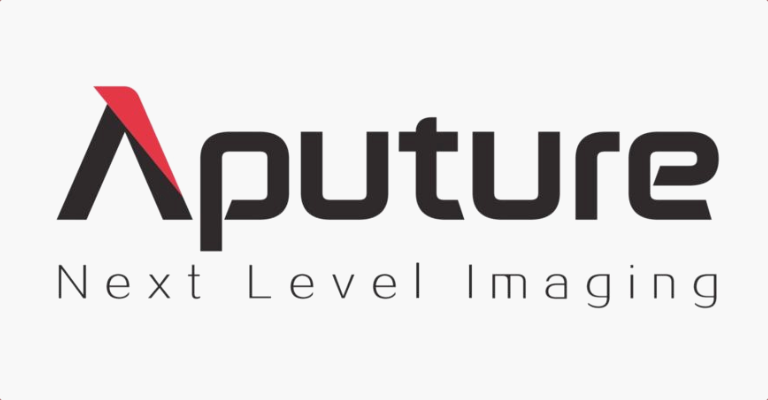



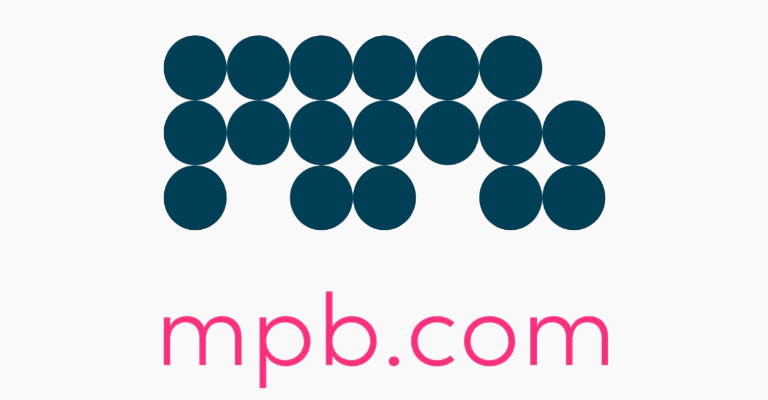
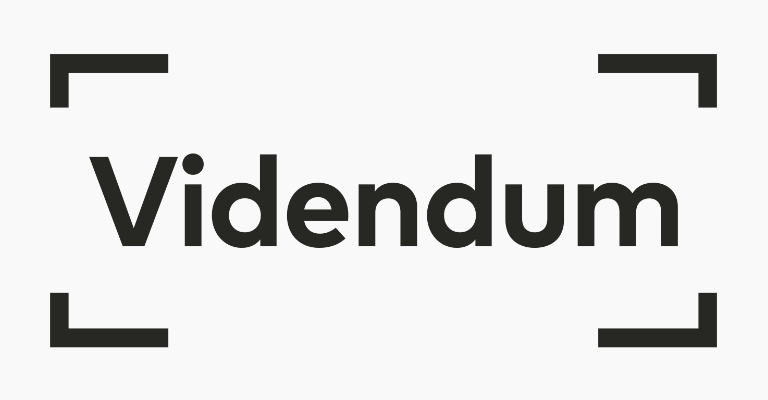
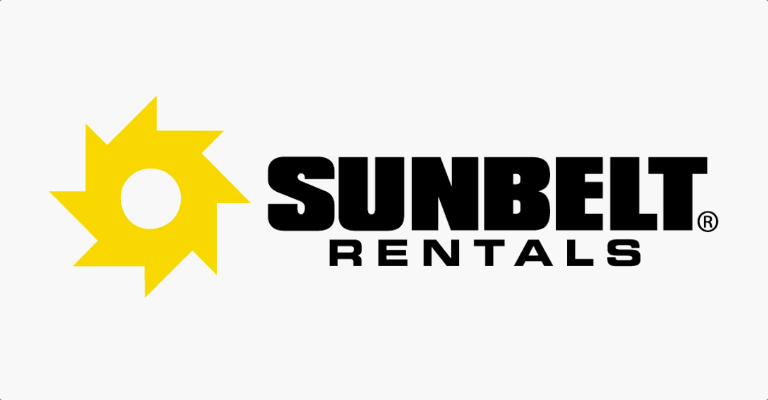




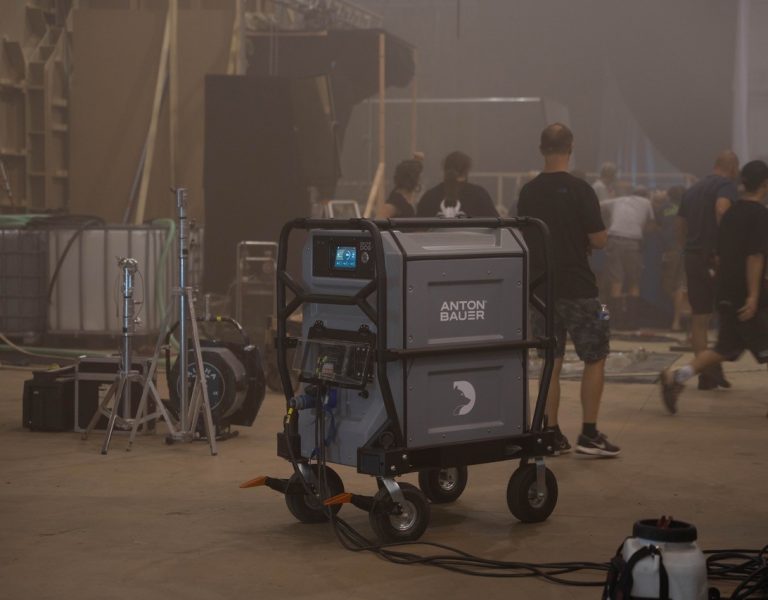
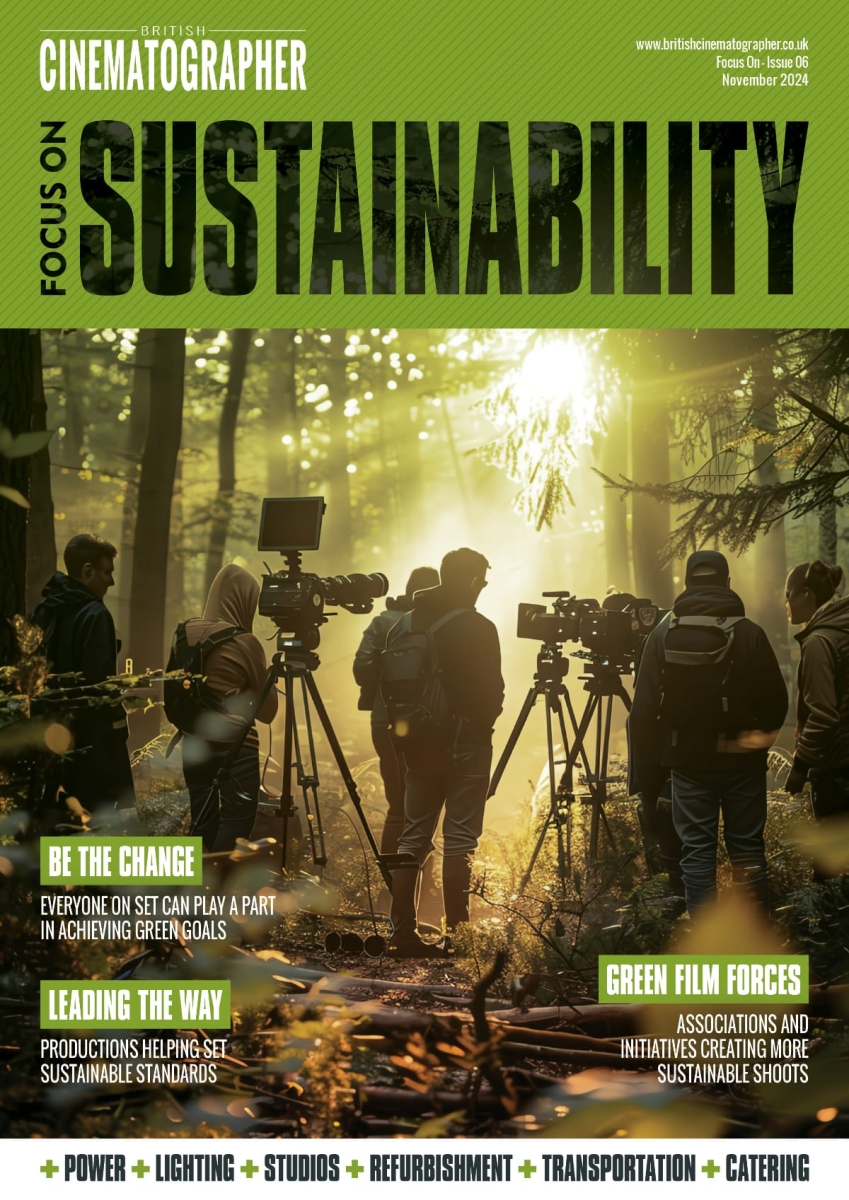

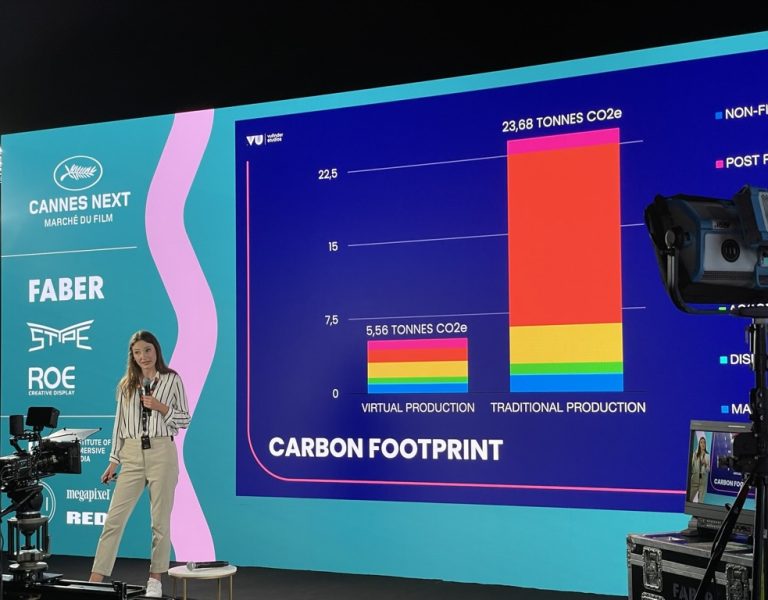




Comment / Laurence Johnson, sustainability manager, Film London